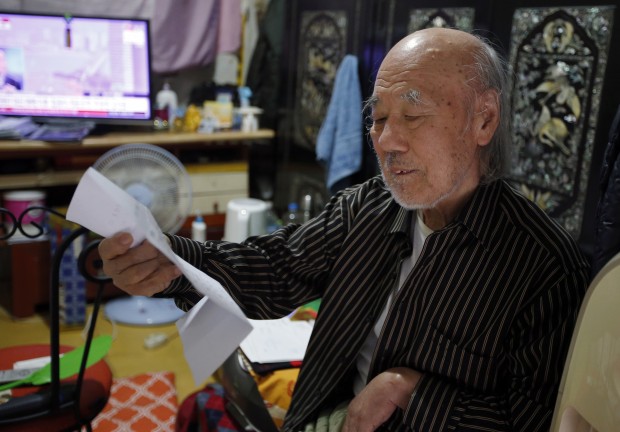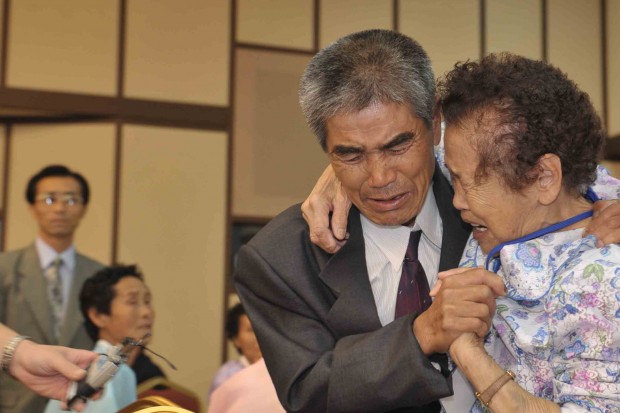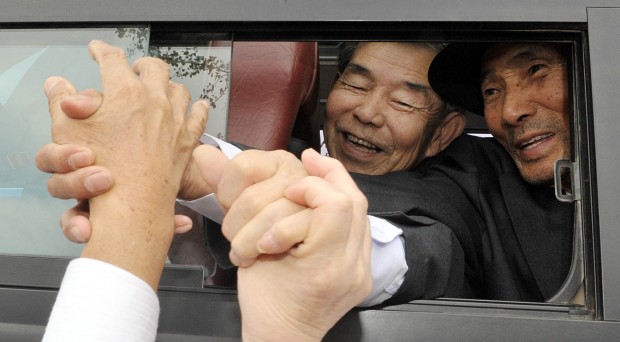Korean families as a humanitarian case

In world’s history of civil wars’ sufferings, North and South Korea suffered the most. The division of the Korean peninsula is one of the last remaining relics of the Cold War. Since the end of the Korean War in 1953, there has been virtually no contact between the citizens of the two countries, including the many families who were divided during the turmoil that engulfed Korea after liberation from Japanese rule and during the three-year Korean War. Some of people lost their family and they don’t communicate their family even if all their family are liven in South Korea.
Many family members dispersed to western countries as well, especially the United states. It started during the Japanese colonization of Korea, with many Koreans immigrating to Hawaii to work as laborers. But as a result to the Korean war, Koreans began immigrating to the United states in large numbers, becoming one of the top five countries of origin of immigrants to the United States.
But during 1980s, a Korean Canadian, Choong Lim Chun, begins his efforts in reuniting divided Korean families. After receiving a letter and picture of his older sister in 1979 from a security guard for North Korea’s Olympic team, while working as a reporter for the New Korea Times, he feels motivated to help in getting these families back together. His efforts helped many family members to find lost members across South Korea, also to locate relatives in Western countries, but it wasn’t as successful between the two Koreas.
After some dark years, in 2000, there was a historic summit between South Korean President Kim Dae Jung and North Korean leader Kim Jong Il, in which they agreed to host reunions.

The problems posed by these divided families is a pressing humanitarian issue that has been used for political ends by the governments on both sides over the last five decades. Most families do not know the fate of their relatives on the other side of the border. Following the historic summit of 2000 in Pyongyang, there have been several rounds of reunions, but the number of families participating remains low. For many of the first generation divided families time is running out, as many pass away before seeing their relatives again.
This poses a serious question which is, why do the governments pose so many hurdles in the face of family members who only wish reunions with their loved ones? Korean literature is filled with examples of fathers and mother who were separated, forcing them to start a whole new life after losing hope of meeting each other ever again.
James Foley in his book “Korea’s Divided Families: Fifty years of separation” talks more about this issue and how it particularly affects the first generation who are losing their right to see their family members for one last time before they die, as he says in the book, “Millions uprooted their homes in a matter of days (as Seoul was taken in three days) and fled as refugees, to avoid the calamities of war, while others lost all communication with their relations, due to the iron curtain that dropped upon the northern half of the peninsula, leaving them in complete darkness regarding the whereabouts and well-being of their loved ones who happened to live in the North.”

There were fathers and brothers who left their mothers behind, thinking they would be able to return in a few days, only to lose their relatives for a lifetime. Mothers who left their children behind, only to never be able to see them again. Children who became lost in the mad scramble of huge crowds of people flooding the paths to escape.
“By 28 June 2001, a mere 11 months after the first round of reunions in August 2000, 12,664 of the 116,460 original applicants for reunion had died. These figures clearly underline the pressing need for a solution to be found to this issue before the first generation of divided families finally disappear from the two Koreas’ societies, and the infringement of their fundamental human rights they have endured for so long becomes irreversible,” Foley stats.
“Clearly the most stressful psychological factor in their predicament is the uncertainty surrounding their loved ones’ fates. 83% had no idea of the whereabouts or status of their relatives. Although a small percentage of respondents (3%) said they had no desire to contact family members in the North, 88% said that they would like to contact their relatives.”

This comes as a new round of reunification taking place in North Korea during the month of October 2015. Where hundreds of family members from South and North Korea reunite in Kumgang mountain in the North.




